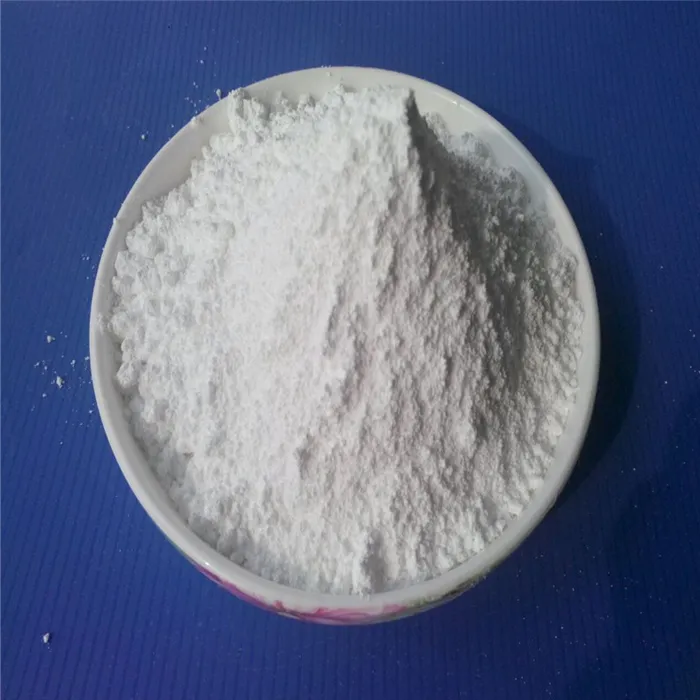Understanding the Role of Plasticisers in Modern Materials
Plasticisers play a crucial role in the manufacturing of various plastic products, significantly enhancing their flexibility, durability, and performance. These additives are essential in processes that require materials to be more pliable and easier to handle. In this article, we will explore what plasticisers are, how they function, and their impact across numerous industries.
What are Plasticisers?
Plasticisers are substances added to plastics to increase their plasticity or fluidity. They are typically low molecular weight compounds that can be incorporated into polymers during the manufacturing process. The most common types of plasticisers are phthalates, but there are also non-phthalate alternatives like adipates and citrates. When mixed with polymers, these additives work by embedding themselves between the polymer chains, which increases their distance and reduces the intermolecular forces. This results in less rigidity and more flexibility in the resulting material.
Functions of Plasticisers
The primary function of plasticisers is to improve the workability of plastic materials. By lowering the glass transition temperature of the polymer, plasticisers allow materials to remain pliable even at lower temperatures. This characteristic is particularly important in products that undergo stress or are subject to repeated bending or flexing, such as cables, flooring, and films.
In applications like the production of vinyl flooring or insulation for electrical cables, the presence of plasticisers ensures that these materials can withstand daily wear and tear without cracking or breaking. Additionally, by softening plastics, plasticisers help improve the processing characteristics during the manufacturing phase, allowing for easier molding and shaping of the materials.
Applications of Plasticisers
what does plasticiser do

Plasticisers are widely used across various industries. In the construction industry, for example, they are used to create pliable yet durable materials that can endure harsh environmental conditions. In the automotive sector, plasticisers are included in manufacturing components such as dashboards and interior trims, which benefit from enhanced flexibility and aesthetic appeal.
The medical field also utilizes plasticisers in the production of medical devices and tubing. These products require a combination of flexibility and biocompatibility, making the choice of the right plasticiser crucial for both functionality and safety.
Environmental and Health Considerations
While plasticisers offer many advantages, their use has also raised concerns regarding environmental and health impacts. Certain types of plasticisers, particularly phthalates, have been linked to various health issues, including reproductive and developmental problems. As a result, regulators have imposed restrictions on the use of specific phthalates, prompting manufacturers to seek safer alternatives.
In response to these concerns, the industry has developed non-toxic plasticisers made from bio-based materials, which can be used as substitutes. These alternatives not only reduce health risks associated with traditional plasticisers but also offer a more sustainable approach to manufacturing.
Conclusion
In summary, plasticisers are vital additives that enhance the flexibility and workability of plastics used in a wide array of applications. Their ability to improve product performance makes them indispensable in various industries, from construction to healthcare. However, the environmental and health concerns associated with certain plasticisers have led to a reevaluation of their use, encouraging the development and adoption of safer alternatives. As the world continues to prioritize sustainability and safety, the evolution of plasticiser technology will play a significant role in the future of plastic manufacturing.

